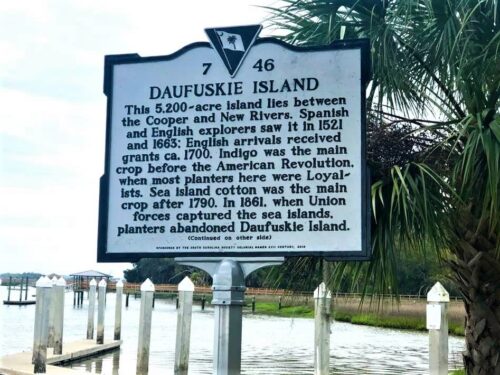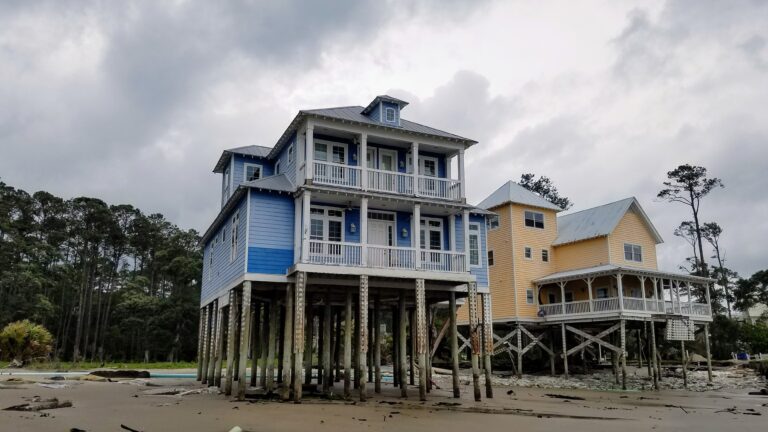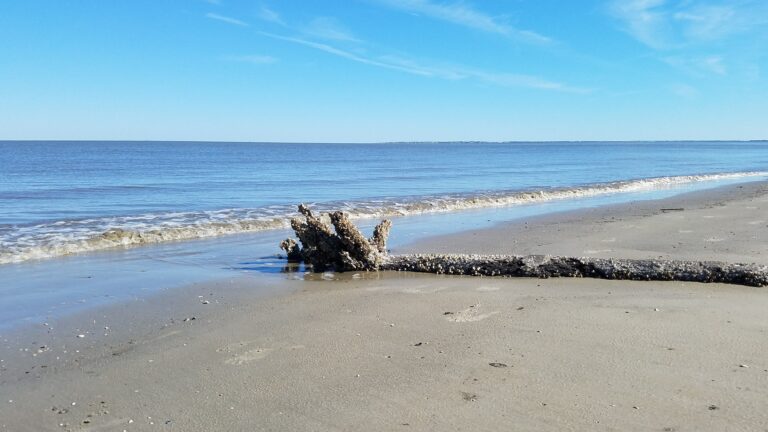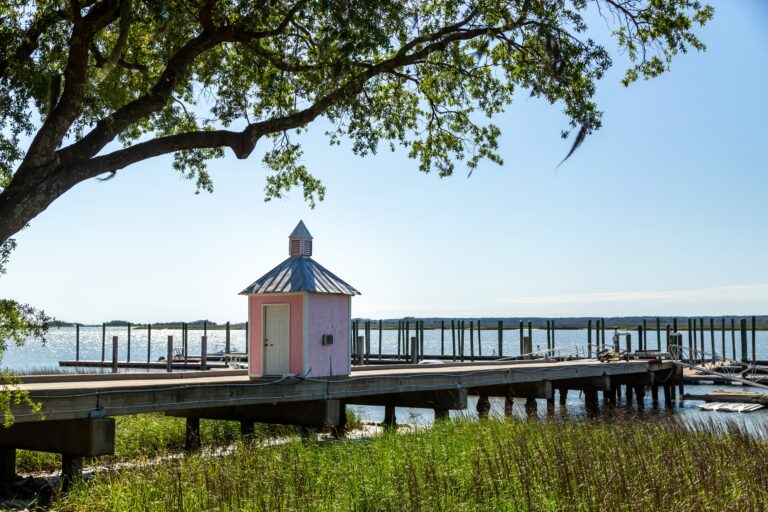The Rich and Surprising History of Daufuskie Island

I’ve been exploring this little-known island that sits between Savannah and Hilton Head with a history so rich it’ll make your jaw drop.
Daufuskie Island isn’t just some random vacation spot – it’s a place where 9,000 years of human history collide in ways that’ll blow your mind.
From ancient indigenous tribes to European colonizers battling it out on its shores to a thriving African American Gullah culture that survives to this day, this place has STORIES.
So let’s dive into why this tiny island deserves way more attention than it gets.
Daufuskie Island: Where 9,000 Years of History Meets in One Tiny Place
Ancient Roots: Long Before Europeans Showed Up
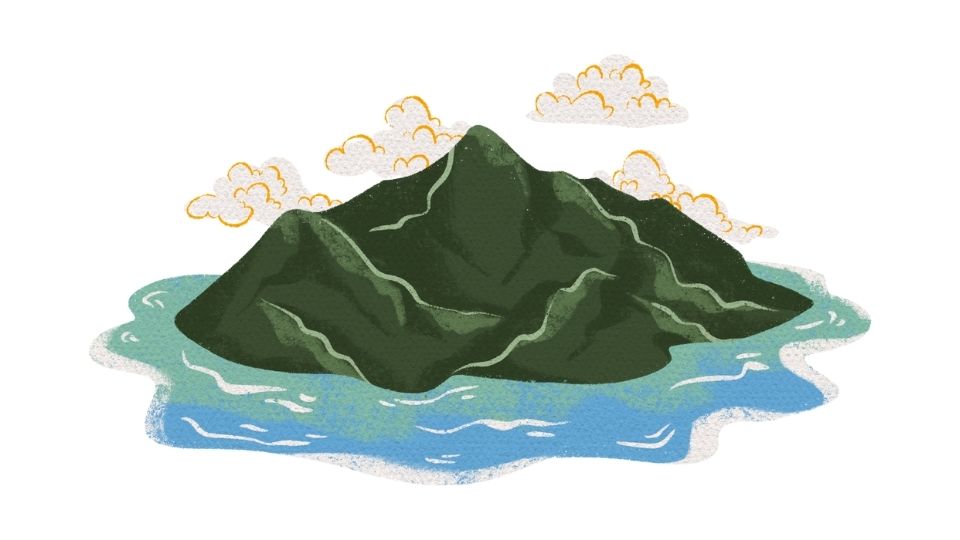
Archaeological findings show people have been living on Daufuskie Island for a mind-boggling 9,000 years.
Pottery fragments dating back to 7000 BC prove this wasn’t just some vacation spot – indigenous Cusabo and Muskogean tribes called this place home for millennia.
These Native Americans weren’t just surviving here – they were thriving! They built a lifestyle around the island’s abundant oyster beds, using them for:
- Food (obviously)
- Tools (less obviously)
- Building materials (pretty clever!)
- Ceremonial purposes (very cool)
This oyster-based lifestyle would later influence the enslaved Africans who arrived, creating cultural connections that span thousands of years.
European Drama: Everyone Wanted This Island
The name “Daufuskie” comes from Muscogee language meaning “sharp feather” – referencing the island’s distinctive shape. When Europeans showed up in the 16th century, things got complicated.
Spanish explorers came first, bringing with them Iberian horses that adapted to the marsh conditions and became what we now know as Carolina Marsh Tackies. Incredibly, descendants of these horses still roam the island today!
But the Spanish weren’t alone in wanting this prime real estate. By 1684, the island had become a three-way power struggle between:
- Spanish soldiers
- Native Americans
- Scottish settlers
This tension exploded during the Yamasee Uprising (1715-1717), when Native warriors backed by Spain attacked English settlements. The fighting was so brutal that one area of the island is still called “Bloody Point” today. Yikes.
Plantation Life & the Birth of Gullah Culture

After Native American resistance was crushed, Daufuskie transformed into plantation country. Large operations like Haig, Melrose, Oak Ridge, and Bloody Point plantations grew:
- Cotton (especially the prized Sea Island variety)
- Rice
- Timber
These plantations relied on enslaved West Africans, who had something European plantation owners didn’t: resistance to tropical diseases like malaria.
This created a unique situation where for several months each year, white plantation owners would flee to avoid getting sick, leaving the enslaved population relatively isolated.
This isolation became the accidental birthplace of something remarkable – Gullah culture.
West African traditions, language, craftsmanship and spiritual practices not only survived but evolved into one of America’s most distinctive cultural legacies. The Gullah Geechee Cultural Heritage Corridor recognizes this incredible cultural persistence.
Revolutionary Rebels Or Not
During the American Revolution, Daufuskie earned the nickname “Little Bermuda” because unlike much of the colonies, most islanders remained loyal to the British Crown.
Most plantation owners temporarily fled during the fighting but returned afterward to cash in on the incredibly profitable Sea Island cotton, which commanded premium prices in international markets.
Civil War Changes Everything
The Civil War hit Daufuskie early and hard. Because of its strategic position near Beaufort, Union naval forces occupied the island almost immediately.
Plantation owners abandoned their estates in a hurry, while enslaved people remained. After emancipation, many formerly enslaved people received land grants (the famous “40 acres and a mule”)… but this progress was frustratingly short-lived.
When Andrew Johnson became president, many of these land grants were reversed, forcing African Americans into sharecropping arrangements that often replicated many of the economic hardships of slavery.
Oysters Save the Day (For a While)
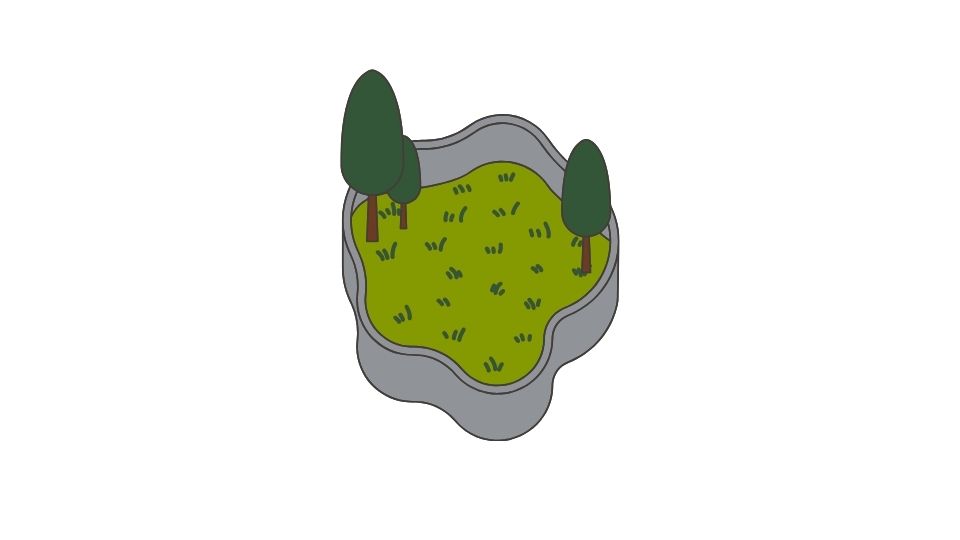
After the Civil War, freed African Americans on Daufuskie rebuilt the economy around something that had sustained people on the island for thousands of years – oysters.
The L.P. Maggioni & Company oyster cannery became the economic engine of the island from 1898 to 1956. Gullah men harvested oysters while women performed the incredibly demanding work of shucking them – sometimes processing 9 gallons per day!
The industry thrived until pollution from a Savannah River paper mill contaminated the oyster beds in the 1950s. This environmental disaster ended the industry overnight, forcing many residents to leave the island for economic opportunities elsewhere.
Modern Threats and Preservation Efforts
By the mid-20th century, Daufuskie was seriously isolated:
- No electricity until 1953
- No telephone service until 1972 (!!!)
- Population dropped from 2,000+ to fewer than 100 Gullah residents by the 1980s
Developers began buying up oceanfront property, creating residential communities like Bloody Point, Melrose, Haig Point, and Oakridge.
The good news? The island’s historic district is now protected, and there are strong efforts to preserve Gullah heritage through the Daufuskie Island Historical Foundation. The island is now on the National Register of Historic Places, recognizing its incredible historical importance.
Pat Conroy’s novel The Water Is Wide brought attention to the island’s complex social history, and today visitors can learn about this remarkable place through museums and cultural programs.
Why This Matters
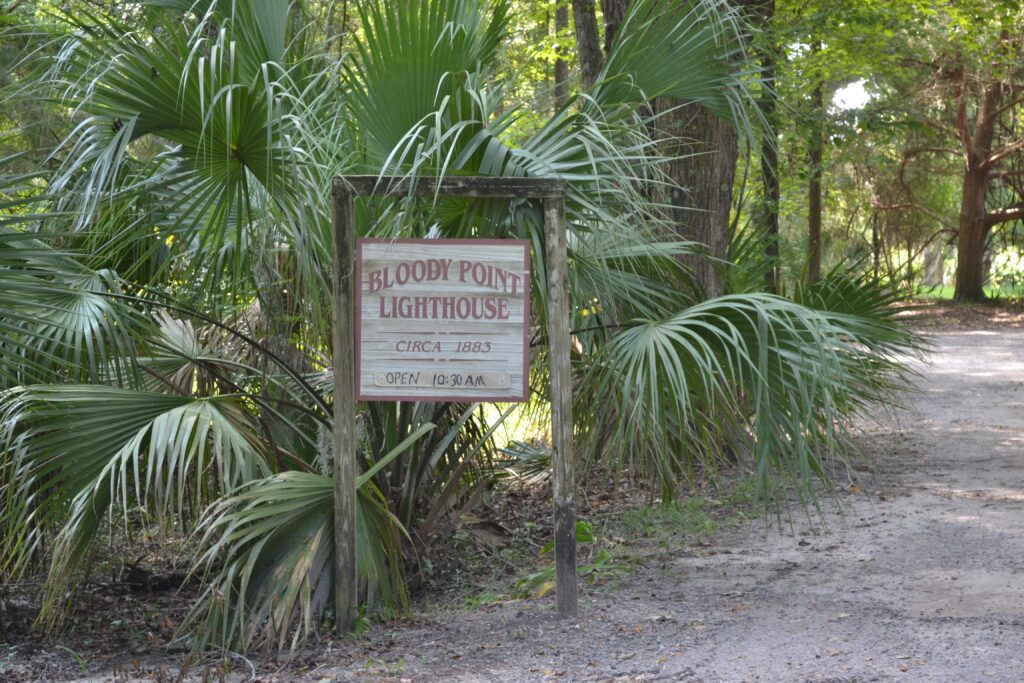
What makes Daufuskie so special isn’t just its beauty (though it’s gorgeous) – it’s how this tiny island encapsulates so much of American history in one place:
- Indigenous heritage spanning thousands of years
- Colonial power struggles
- Plantation economy
- The survival and evolution of African cultural traditions
- Environmental challenges
- Modern development pressures
In many ways, the story of Daufuskie is the story of America itself – complicated, challenging, but ultimately resilient.
So next time you’re planning a vacation in the South, maybe skip the crowded beaches and tourist traps. Take a ferry to Daufuskie instead and walk through 9,000 years of living history.


